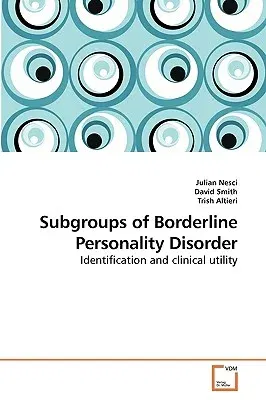Julian Nesci
(Author)Subgroups of Borderline Personality DisorderPaperback, 21 December 2009

Qty
1
Turbo
Ships in 2 - 3 days
In Stock
Free Delivery
Cash on Delivery
15 Days
Free Returns
Secure Checkout
Print Length
144 pages
Language
English
Publisher
VDM Verlag
Date Published
21 Dec 2009
ISBN-10
3639220277
ISBN-13
9783639220278
Description
Product Details
Book Format:
Paperback
Country of Origin:
US
Date Published:
21 December 2009
Dimensions:
22.86 x
15.24 x
0.86 cm
ISBN-10:
3639220277
ISBN-13:
9783639220278
Language:
English
Location:
Saarbrucken
Pages:
144
Publisher:
Weight:
222.26 gm

